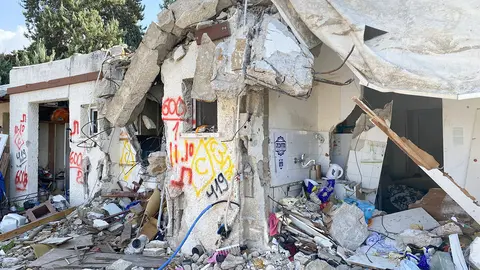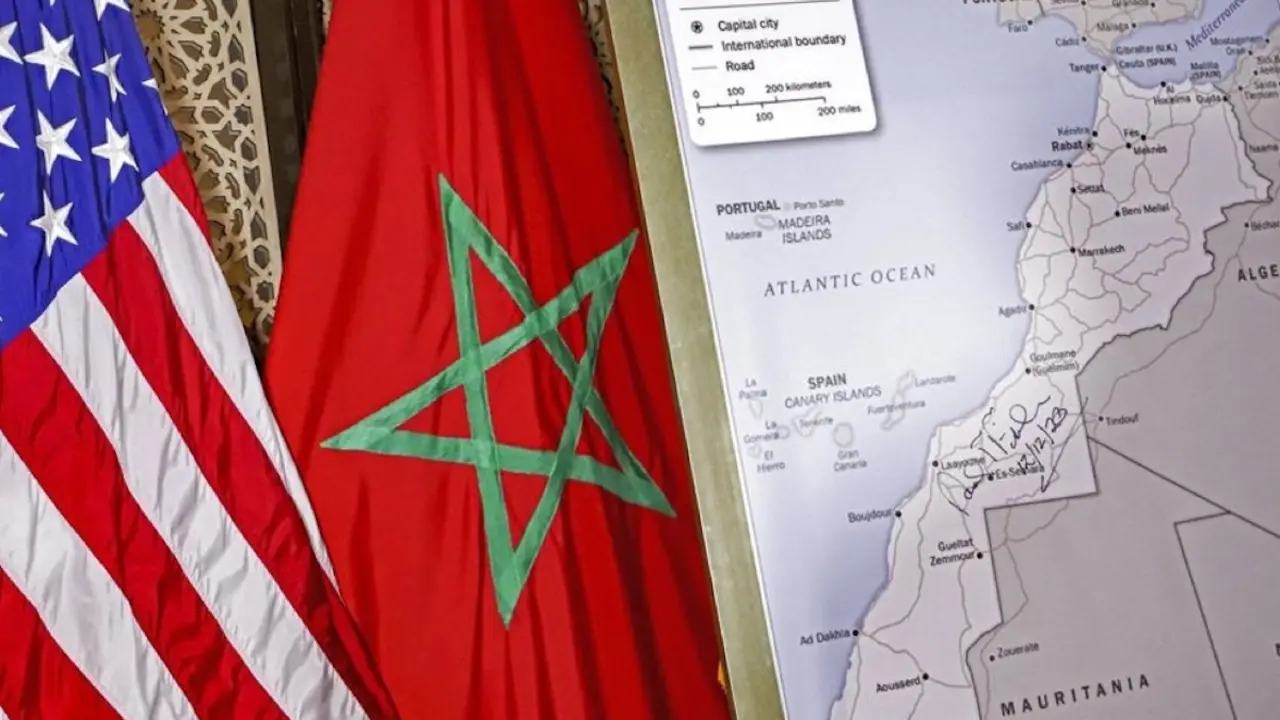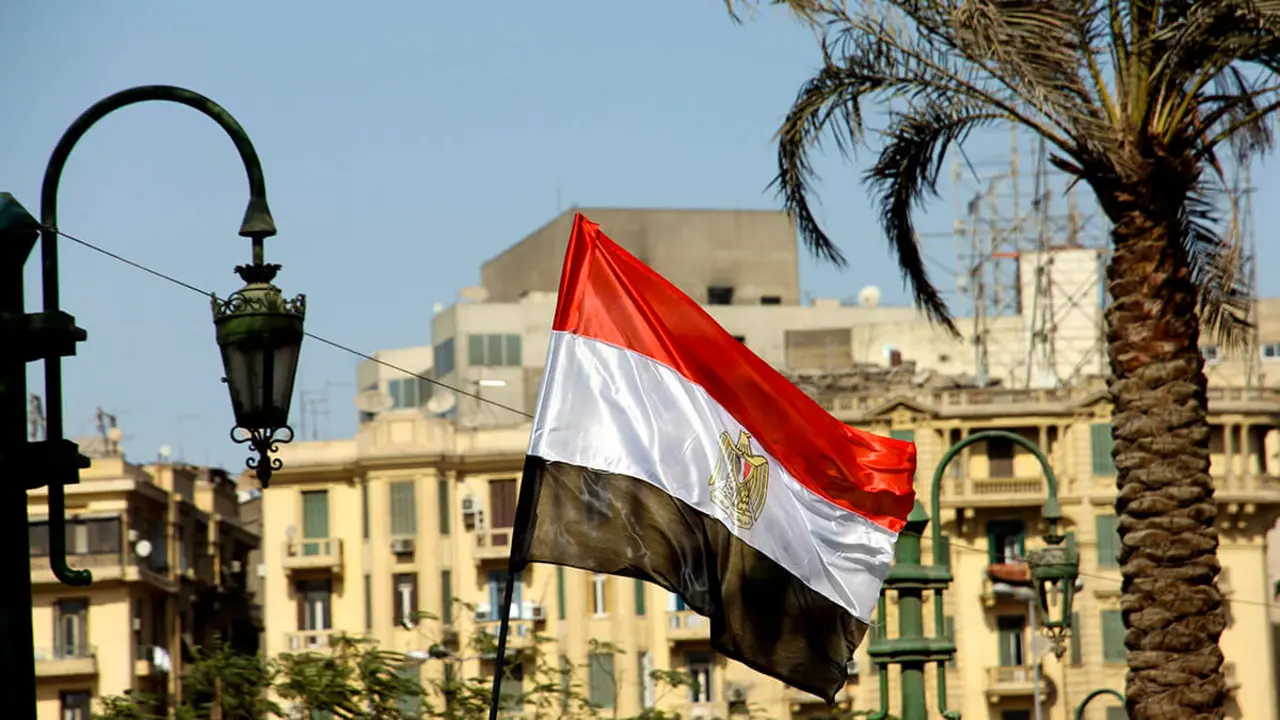Hamas's traces in Kfar Aza
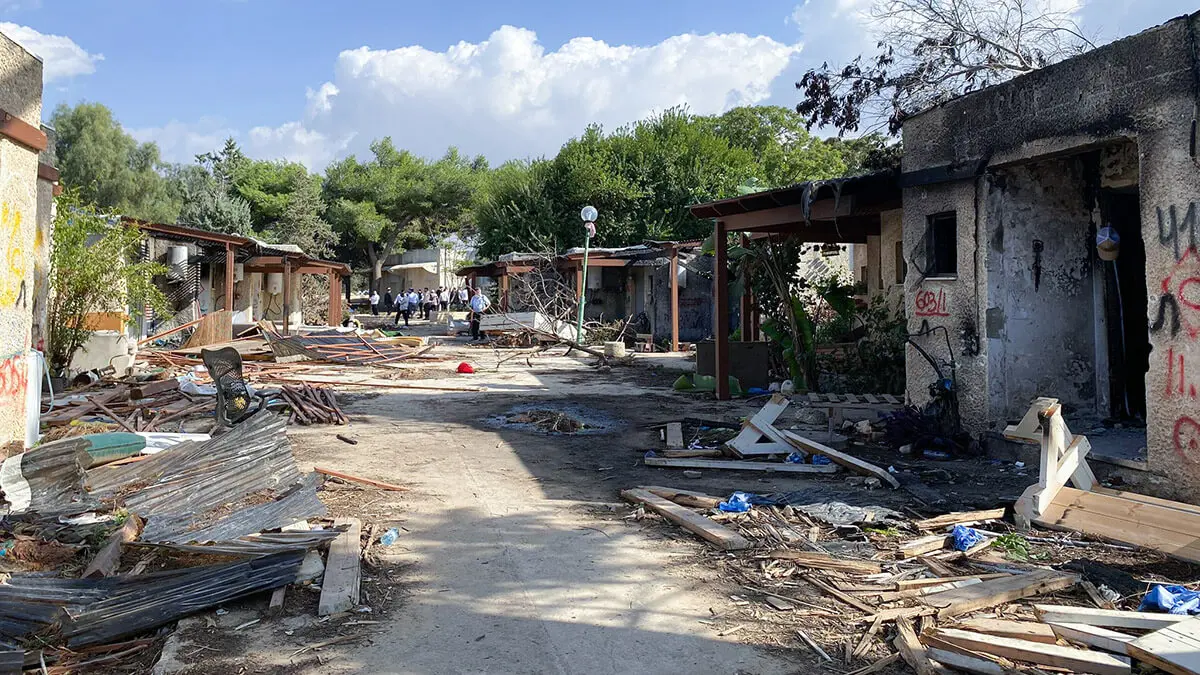
Rows of houses, some of them completely in ruins, are evidence of the horrors that took place on the morning of 7 October in Kfar Aza. The scale of the destruction is such that it is virtually impossible to walk without stepping on debris, bullets and glass.
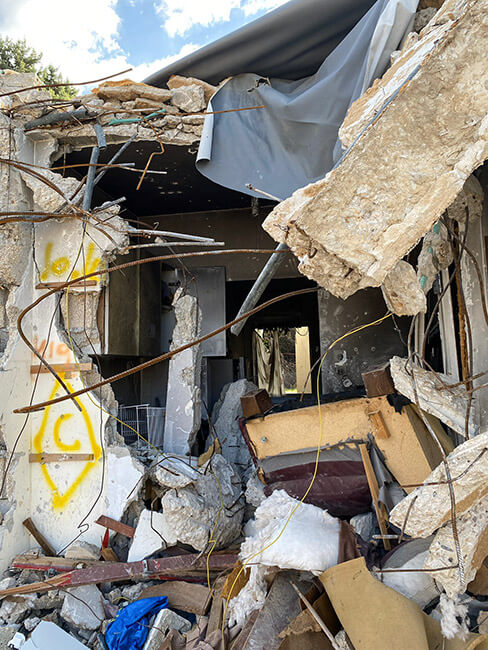
Kfar Aza was one of those kibbutz in southern Israel where Jews from various parts of the world managed to make "the desert bloom". In fact, this particular kibbutz was the first in Israel to operate an automatic irrigation system for the fields.
This agricultural community, founded in 1951 by Jews from Egypt and Morocco, abandoned in 1955 and repopulated again in 1957, is now a ghost town. You no longer hear birds, but bombardments, sirens and the meowing of a cat hiding in the rubble.
The walls speak in this kibbutz in southern Israel. They bear witness to the brutal Hamas attack, and on them are etched the remnants of that fateful morning that cut short the lives of thousands of people.
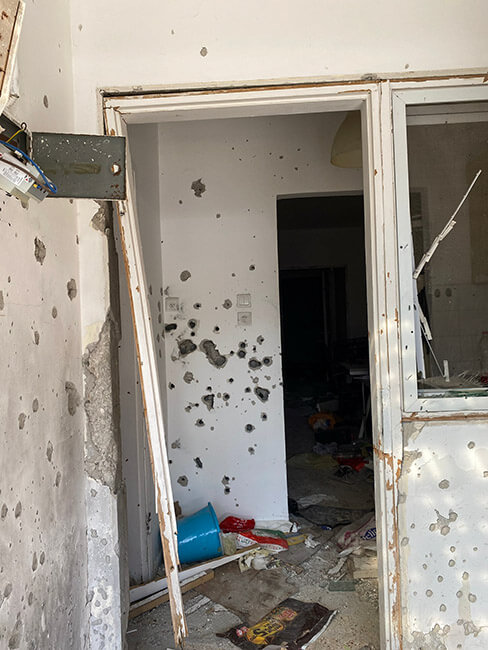
Bullet holes, partially or completely burnt areas or writings made by the Israeli army after arriving at the kibbutz where you can see the word "terrorist" to indicate that there was a Hamas member inside, or "clean", to indicate that there is no terrorist presence in the house - or what is left of it.
There are also large blast holes in the walls from which you can see inside the houses and imagine what life was like in this quiet farming community before 7 October. Shelves with crockery, books, toys and other everyday objects that - many of them - will never be used again by their owners.

Outside the houses, in what was once a garden, you can still see hammocks, bicycles or shoes. All this, in many cases, next to broken glass, doors that have been forced so hard that they have been broken or bullet casings that contradict some symbols of hope and peace that still hang on the battered walls, such as Tibetan prayer flags, dream catchers, or amulets against the evil eye.
On the other hand, if you look beyond the rows of houses, you can see the fence that surrounded the kibbutz and which on the morning of 7 October was torn down by Hamas for the purpose of murder, torture, rape and kidnapping. Of the approximately 800 residents of Kfar Azaza, 63 were killed and 18 kidnapped. However, these numbers could increase as bodies and remains are still being recovered and identified.

Behind the wire, just two kilometres away, is a glimpse of Gaza, from where many citizens came to work on the kibbutz and others on the border which, like Kfar Aza, were attacked by Hamas. Also, some families in Kfar Aza helped to get medicine and medical care to the Gazan workers and their families.
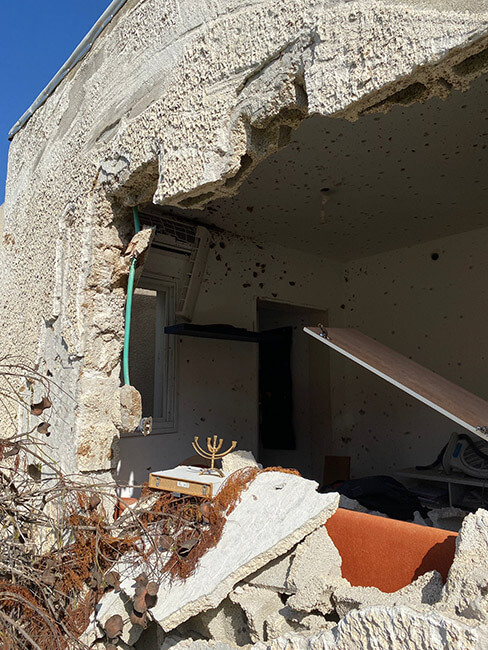
"I found heads without bodies, I found bodies without heads"
"At 6am, the alarms started to sound loudly, non-stop," recalls Israel, one of the survivors in Kfar Aza, who notes that they usually stay inside the shelter for a few minutes, although this time it was different. After the sirens sounded, the residents of Kfar Aza began to hear gunfire and explosions coming from the weapons of the 100 terrorists who stormed the kibbutz.
Israel hid in the mamad (a safe room that serves as a bomb shelter) together with his wife. However, these shelters serve exclusively to protect against air strikes, you cannot lock yourself inside them.

That is why Israel had to hold the door for hours, as the terrorists stayed in their house because it was a good strategic place to be against Israeli forces when they arrived on the scene. "No electricity, no water. 36 hours listening to people dying outside. I don't have enough words to explain it," he told reporters at a press trip organised by the Israeli Government Press Office (GPO).
Israel also alleges that after the terrorists entered the kibbutz and killed people, people from Gaza arrived with bags to steal inside the houses.

In addition to Israel's testimony, Simcha Greineman, a volunteer with ZAKA, an organisation specialising in the search and rescue of corpses, recounted some of the things he witnessed when he arrived in Kfar Aza and other kibbutzim. "I found heads without bodies, I found bodies without heads," he says.
Greineman also spoke of the evidence found of sexual violence in many of the places attacked by Hamas. "If you see a girl half naked, lying on a bed with a bullet in her head, it's absurd to wonder whether she was raped or not," he says. "There is no doubt and the world has to understand what happened here," Greineman concludes.

What happened in Kfar Aza, as well as other surrounding communities such as Be'eri, Ofakim, Kissufim or Nahal Oz on the morning of 7 October has deeply marked Israeli society. The massacres, considered as Israel's own 9 September, will go down in history as one of the darkest days of the Hebrew state. On the other hand, the testimonies of what happened are reminiscent of the pogroms suffered by Jewish communities in the past in various parts of Europe and the Middle East.
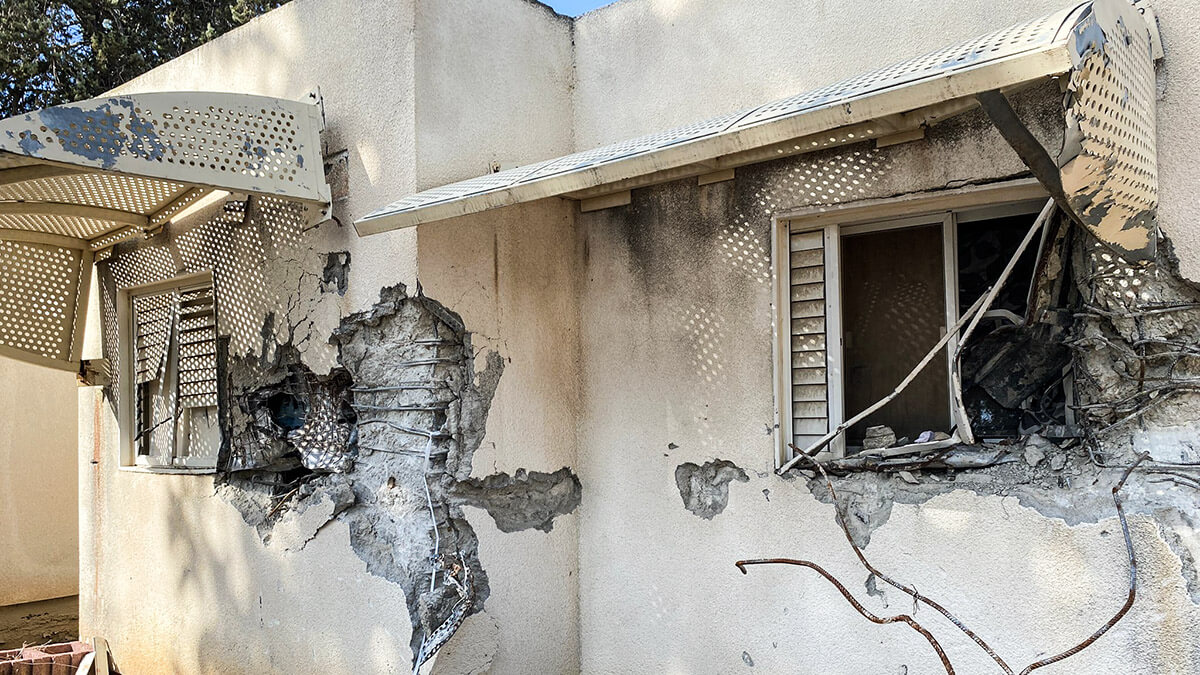
The big question is what will happen the day after the war in Kfar Aza and the other kibbutzim attacked. "It is still too early to tell," they comment. Others point out that the houses will be rebuilt and Kfar Aza will flourish again.

